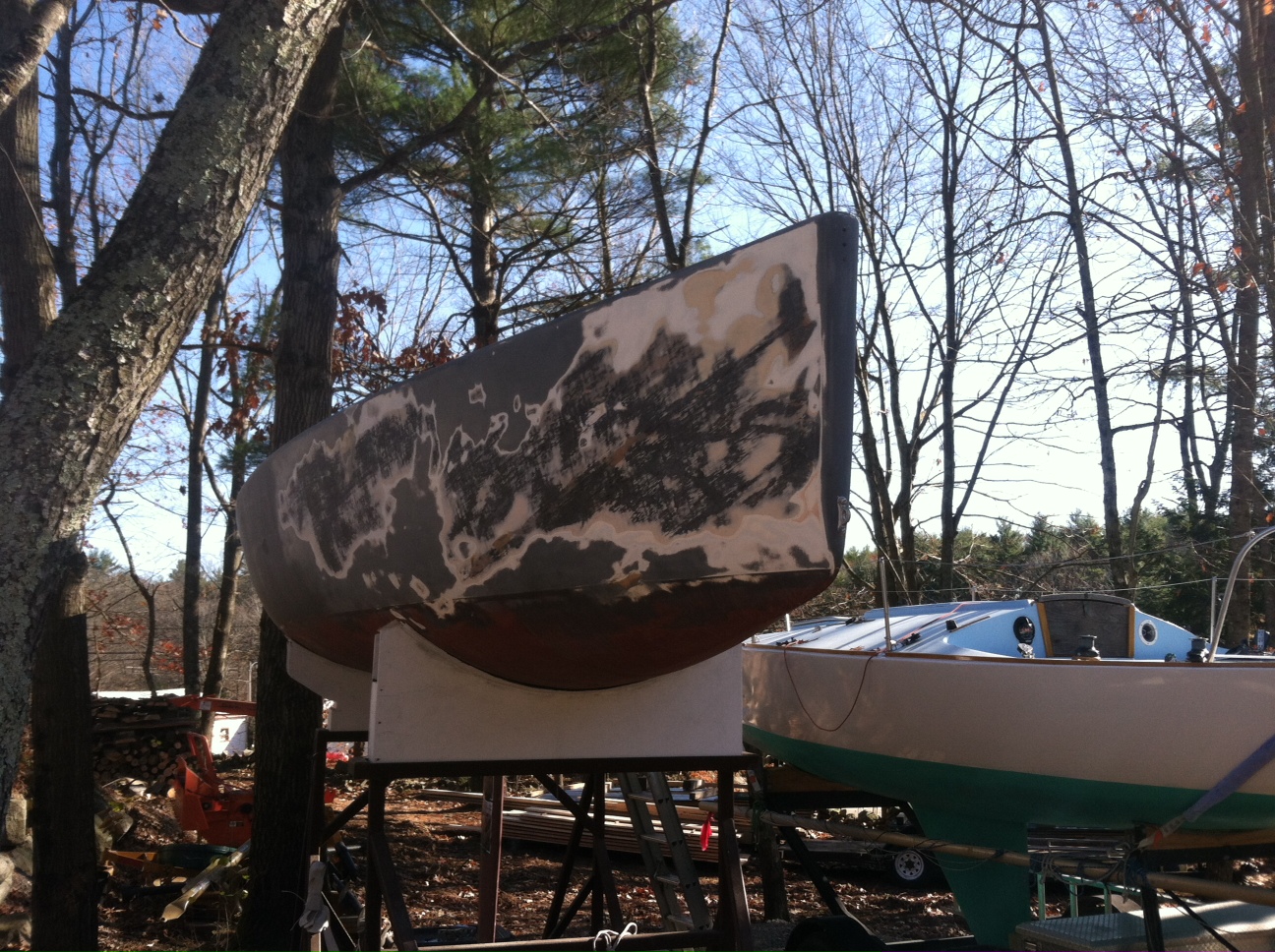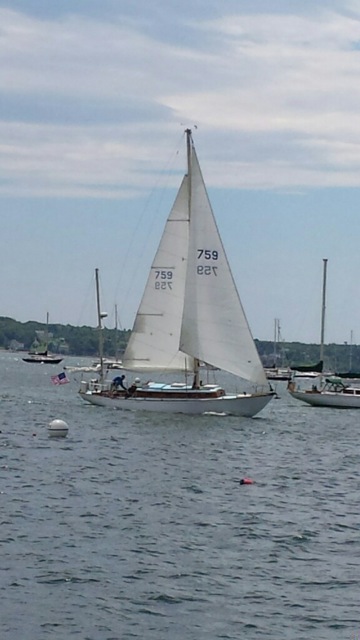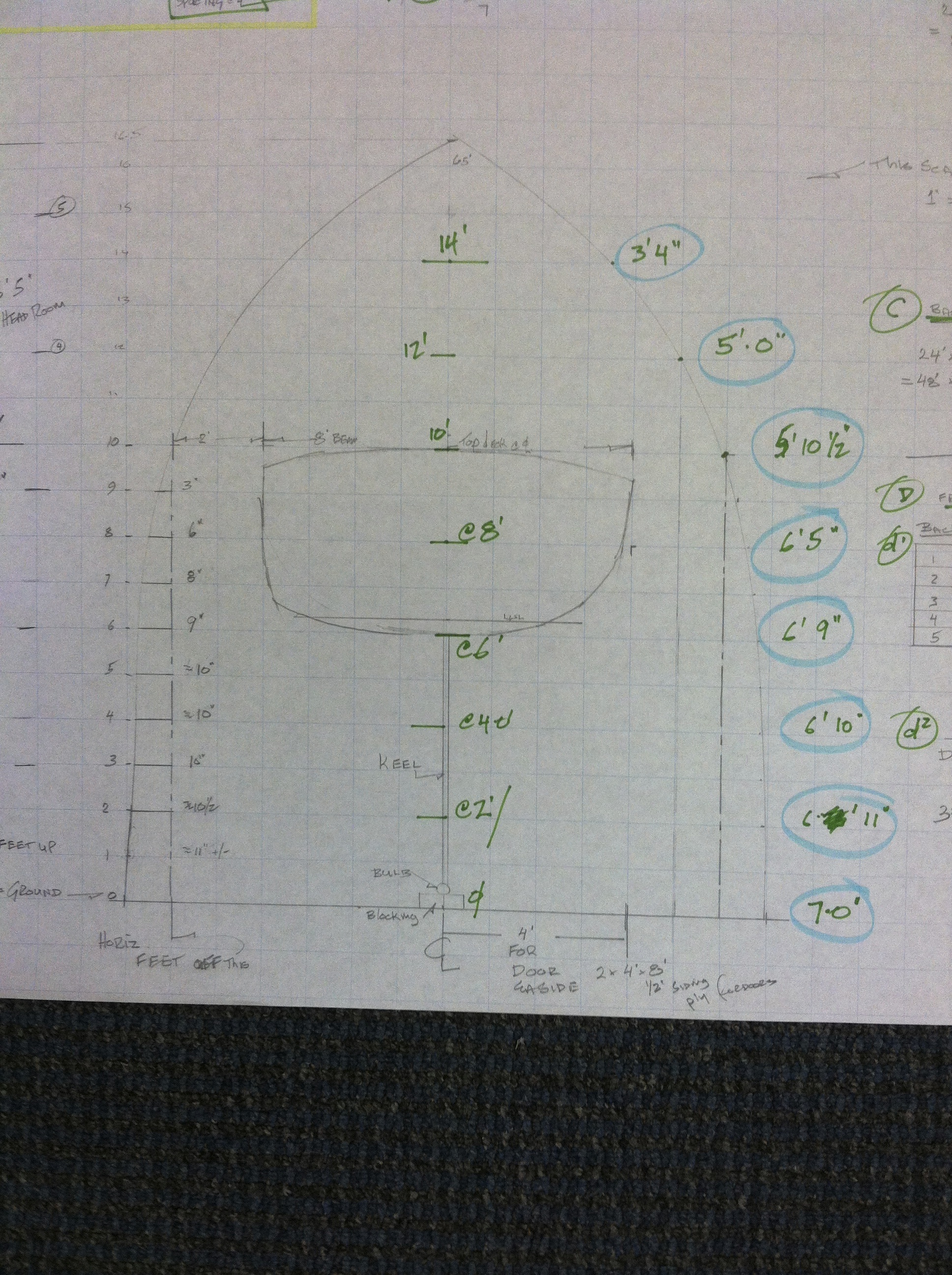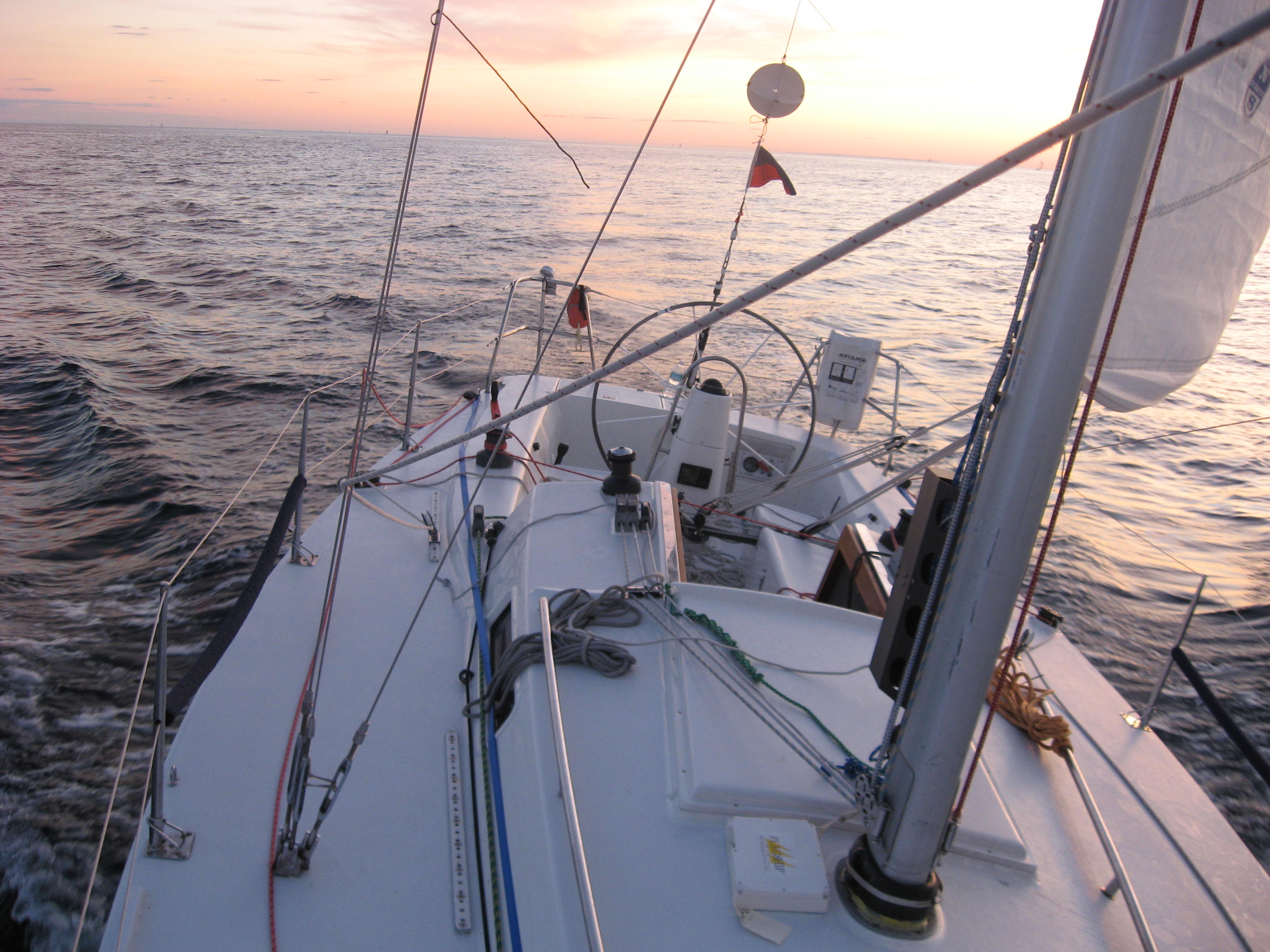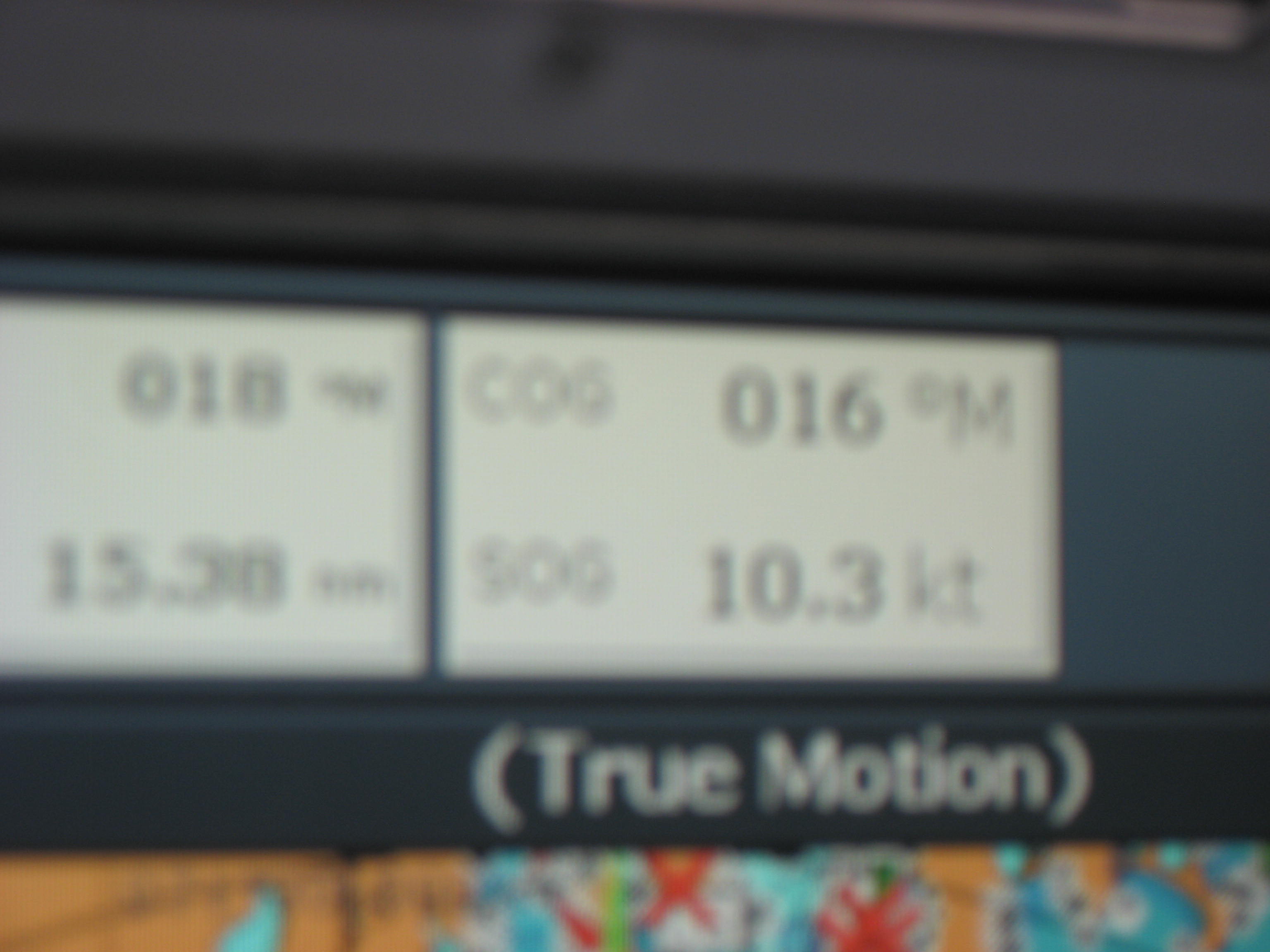The Mini Dairies
Star date 24122014
(The Mini Dairies is a narrative I have started on the Joe Cooper Sailing Face book page. It is intended to chronicle my rebuilding of my Mini 6.50 (aka 650’s) a boat I built, with a lot of local help, in 1993, 4 & 5 for the French Mini Transat Race. A more targeted blog on the building of this boat is posted here in this site.
If the real core of sailing is the gathering of new material for stories, tales and engaging yarns about what people do for fun and because they have to do ‘em then this post qualifies as a Face book Mini Diaries post. If you discount the collection of stories from the top five things we all go sailing for then you can still have fun, but really it is a lot more fun to have stories to share with your mates, right?
Christmas in Australia and the search for sailing stories.
In Australia December is summer time. Growing up in Sydney the idea of snow, pine trees, skating, sleighs, jingle bells and all the trimmings of “classic” Christmas was frankly a mystery to me and my mates. Most days in December the afternoon temperature was in the 80’s and temperatures in the 90’s in January and February were not at all uncommon. So naturally as soon as were let out of school in mid-December we changed into shorts, t-shorts and bare feet and so attired we roamed, in my case, the streets of Kings Cross, getting into and rapidly out of mischief, taking the bus to the beach, swimming, surfing, sailing and generally being larrikins. There was really not much there, there, when it came to the snow and ice part of Christmas. Nonetheless there was a tiny wee bit of mostly un-uttered curiosity connected to Christmas. It was caused by this Santa Cause bloke. Yes we got the Reindeer (yes we did read National Geographic) and the sleigh, and the guy with the bag of presents, but how, went the question, did the Reindeer survive the blistering heat in the out back.
Well it turns out that there was an interesting story connected with this question. I say story because I personally have no ocular proof of it, but that does not mean to say it might not be true. We are discussing Christmas is after all, the time when the most unexpected things can occasionally happen. This yarn that follow is the story about the deal Rudolf and the boys made with Santa.
It seems that early on the Reindeer could not stand flying around in the baking temperatures of the Australian desert, aka the Outback. They got really hot really quickly, even at night, they were tired, easily sunburnt, dirt and sand in their eyes, ears and nostrils and generally got home feeling like, well not at all great. So they struck a deal. The basics of the deal was if Santa would sub-out the presents delivery in Aust. to some locals more suited to the harsh terrain then the Reindeer would navigate the sleigh back home after the last present drop and Santa could have an early kip on the bench and not have to navigate the thousands of miles back to the North. Santa thought that was a bargain, and so the deal was on.
So, as the story goes one year Santa and the boys arrive in Darwin, at the top of Australia, right on schedule and parked in the usual spot, a dark and almost deserted railway siding, for the hand-off to the Australian crew. The Reindeer being, basically Scandinavians and not wishing to let a good thirst go un-rewarded, slipped the harness quick as a flash, disappeared down the road to the local RSL (like the VFW), had a tub (bath) and with Dasher in the lead, trotted across the road to the pub and in short order had a round of very frosty glasses full of that delightful beverage know to sailors and workers the world around, a bitterly cold Pigs Ear (rhymes with beer). They downed the first one in jig time and were actually onto their third round when all of a sudden Rudolf stopped in the middle of the yarn he was spinning. The others, who were in various states of slouching repose mostly with their hind legs up on the chairs opposite them and generally relaxing, all looked at him. He was quiet and alert, with his ears back, his body was rigid with the stiffness that happens when creatures get the scent of something. He put his beer down and held up his fore leg, motioning for quiet. He cocked his head in the manner we all use when straining to listen. The other patrons in the pub all stopped talking until the entire pub was as quite as a graveyard during the Melbourne Cup. (Aussie Kentucky Derby-Whole country knocks of for two minutes or so) The only sound was the buzzing bee like drone of the fridge compressors and the occasional clink-ie tinkle as a handful of ice fell in the ice-maker.
Bluey MacFarlane, the publican listened too and looking over to the still immobile Rudolf, said, under his breath almost to himself and hardly audible “Yeah, that’s them”.
Now before we get too far on into this yarn, I have to give you some backstory. And story it is, for again, sad to say I have not seen the subject me-self nor do I know anyone who can swear to having seen them either, so we are going with “story”. Not saying it is not possible, at Christmas time, anything is possible, right?
We all know about the Kangaroos, those cute-as-all-get-out creatures found nowhere else in the world but in the Australian outback, Zoo’s and in ads for Australia. Most people hear Kangaroo and see in their mind’s eye the sort of normal 5-foot or so tall, grey ones, the kind you see the locals walking down George St. on the leash, or in the Qantas ads. (The ‘roos got the nod after the Koalas got the sack because they just annoyed the daylights out everyone so much with their attitude.) But what most people do not know is that there is another species of Kangaroos. Big ones.
Really big, like seven foot tall, several hundred pounds, with fore paws that would put The Arnold to shame, with razor sharp fore claws, with huge feet at the bottom of hind legs strong enough to clear a 20 foot high fence without taking aim. Even the length of a relatively unspectacular bound between, say, the batting and bowling ends of a cricket pitch is just a sip of tea for them. But for all sorts of reasons you do not normally see these Kangaroos and that is really is a pity because they are pure white. As white as 10,000 count prima cotton Ralph Lauren sheets freshly laundered and starched as used on the Sheik sized bed in the Uber-Sheik’s suite at the Inter-Continental Hotel in Dubai: really white. These huge kangaroo’s are formidable when just standing still. But when they are on the move, the sound they make when they land is a thundering booming sound, loud enough and of a deep enough bass frequency to rattle the bottles on the bar behind Bluey from a quarter mile away. Boom……… boom……..boom…….boom……… at quite long intervals because they travel a huge distance between bounds. Because of all these characteristics, these big white Kangaroos are known in the game as Boomers.
So back to what Rudolf was hearing—It was the approach of the Boomers, the business end of the sleigh power for Santa’s Australian run. The booming got louder and louder as they got closer of course, but then as the frequency and length of their bounds diminished as they slowed down approaching the pub, the booming tapered off to relative quiet and then nothing as they arrived on the pub’s veranda. Boomers are a bit too big to get through the pub’s front door easily so they merely stuck their heads inside through the open windows to make sure the Reindeer were there and to see if there was anything they needed to know before heading off on Santa’s Australian run. The boss boomer, with his head in the window and his forepaws resting on the window sill, looked around, nodded to the other patrons and Bluey then looked over to Rudolf and smiling pleasantly said, “Giday Rudy, good trip mate? Rudolf lifted his glass towards the Boomers, in the manner of a toast and said, in a very faint accent, that a student of languages might have called Finnish, were she pressed for an answer, “Yup all good, and yes same place mate“ he said with a weary smile. “Good oh” said the boss boomer and, casting another sweeping glance at the 8 Reindeer, said “Merry Christmas boys, we got ‘er now.”
Back at the sleigh, Santa was taking advantage of the time taken for the crew change to take his boots off and let them, and his feet, air out. Fur lined boots are all well and good in Europe, the America’s, the UK and Canada but they sure get one’s feet hot down here he thought to himself. He had just finished his final inventory on the iPad and exhaled a small sigh, happy that the inventory and presents lists for Australia all balanced. “Nearly done” he said to himself, “just another few hours then back home to Mary, the cold tub and some Aquavit” he thought with the hint of a smile twinkling from the happy eyes surrounded by the red hat and that famous beard. Just as he was checking the time on his iPad to see when the new crew would be arriving, gradually the light sound of the Boomers approaching in short, measured, almost quiet, idling bounds, pushed that lovely image out of his mind: Time to get to work.
“Giday Santa, good trip mate ”? Inquired the boss boomer. Yah, yah all goot, just the Aussie kids to go” he said. The boss boomer smiled. To hear Santa say “Aussie”, never failed to lighten the evening. It sounded strange the way it came through from the depths of the white beard with the odd accent. But no time for frivolities he thought, off to work. “O’right lads, harness up please” he said to the other five boomers in a voice that those in charge use when it is time to get cracking. And I should mention that there are only 6 boomers because they are so big and powerful they have the same power as the 8 reindeer.
The boomers were in the harness in no time flat and looking at the boss boomer to give the word. The Boss Boomer looked at Santa and Santa nodded. The Boss always took pride in the fact he and his crew did not need to be cajoled on like the reindeer. The Boomers new the work and just went at it.
Thus not long after the Boomers arrived at the railway yard, Santa was back on the trail with his six white boomers on his Australian run. North and south, east and west they travelled, zigging and zagging over the barren terrain of the Outback. The Outback being vast and empty, the stations (Aussie for ranch) with kids, fast asleep were spread out all over the place. Without help from GPS or sextant the Boss Boomer led the team across countless miles of trackless red dirt and stumpy bushy scrub. Over Wagga Wagga, they went and across Broken Hill, Bowral, Kalgoorlie, Uluru, Bong Bong, Mittagong, and everywhere in between. Because most of Australian population lives around the coast, the Outback part of the run did not take long and soon enough they were heading to the coast. The Boss Boomer wove with ease through the sky scrapers in the downtowns of the cities they passed through on the way to the suburbs and all the while Santa lobbed presents down chimneys with an accuracy that would make Michael Jordan’s hair curl.
After many hundreds of thousands of deliveries, Santa’s sack was empty, except for the spares, and as he glanced over to the East the darkness was a couple of shades lighter than it had been just a few minutes ago. Christmas day was dawning and Santa let himself have a little smile, “Good, now time to get home” he thought wheeling the Boomers back across the Outback towards Darwin
The Boss Boomer again interrupted this slight reverie as he turned his huge head and yelled back to Santa: “Oi, Santa, what’s that down there”? He nodded towards the port side of the Sleigh and down to the ground. Without waiting for an answer the boss boomer wheeled the team to port and descended for a closer look. Santa looked at the small dot, getting larger by the second. Within moments, the sleigh was alongside a little baby Joey (the name for baby kangaroos) who was in tears and slumped on the ground obviously in great distress. “Why what’s the matter son?” asked Santa. “It’s my mummy, I’ve lost my mummy and I can’t find her anywhere,” sobbed the little Joey. “Well that’s no good” said Santa, “come on up here on the sleigh with me and we’ll find your mum”.
The Boss Boomer was looking back at all this and when the Joey was all settled on an empty sack next to Santa, they nodded to each other and the Boomers lifted the sleigh skywards ever so gently. By this time having delivered all the presents and heading back to the railway yard and thinking of their own reward– a cold beer or two. But of course they could not think of leaving the little Joey stranded without his mummy on Christmas Day.
The Boomers were scanning the terrain around them looking for any sign of Joey’s mum. Joey mean while was up on the sleigh next to Santa who was telling him stories of how the Reindeer lived back home, just to take Joey’s mind of his missing mum. They had been looking for her for a while and so of course the sun had come up and the day had started to warm up. Santa was not used to traveling in daylight and certainly not in the southern hemisphere at Christmas/December/Summer and soon enough he began to feel the heat. After a few more minutes Santa slipped of his fur-lined boots and placed them on the footboard just under him. Joey looked down at these lovely fur-lined boots and was reminded of how much they looked like his mum’s pouch that he jumped into one of them. The cozy fur-lined boot felt a lot more like home and he stopped feeling glum and started to perk up a bit.
After a while Joey, feeling better now, looked up and asked Santa, “Santa, don’t you have to go and deliver all the presents to the kids?” Santa smiled that great benevolent smile he flashes when he has kids on his lap at department stores and firehouses in the days leading up to Christmas and said, “No son, all the presents are delivered, we were here last night. This is a special trip, Joeys special trip to find your mummy”
By now they were in the middle of nowhere, a place called Marble Bar well past the back of beyond when suddenly Joey, who had hoped up on Santa’s lap to get a better look, yelled out, “there she is, there she is” and pointed an excited forepaw downwards, fine off the starboard bow. Santa half closed his eyes into a squint for the glare was punishing and sure enough there she was a mummy ‘roo, hopping up and down and bounding from rock to rock looking frantically this way and that showing all signs of the stress and strain of a mummy who has lost her Joey.
The boss boomer led the team gently down to within hopping distance of the mummy ‘roo. Little Joey had bounded out off Santa’s lap even before the sleigh had come to a stop. Santa and the Boomers waited for a minute while mummy and Joey hugged and when Joey had finally jumped back into his mum’s pouch and his mum had her forepaws on his shoulders, Joey turned to Santa and the Boomers and said “this is the best-est Christmas prezzie I could ever have had, thank you so much Santa and the Boomers and Merry Christmas.”
Later on back at the railway yard when the Boomers were stretching out and the Reindeer were harnessing up for the trip home, the Boomers were talking amongst themselves and discovered that they had all developed small lumps in their throats right at the same time, just when Joey and his Mum were hugging and yet they could not work out what caused it. Hearing this Santa just smiled and said nothing.
As the Boomers sauntered over to the pub for a well-earned beer they all turned and looked up wards. The last thing they saw was the sleigh climbing into the northwest sky. They could see the Reindeer pulling an easy load, the sacks empty except for the spares for all the toys had been delivered. They could just see Santa taking off his boots and getting ready for a well deserved nap. That was the only time the Boomers worked a double run.
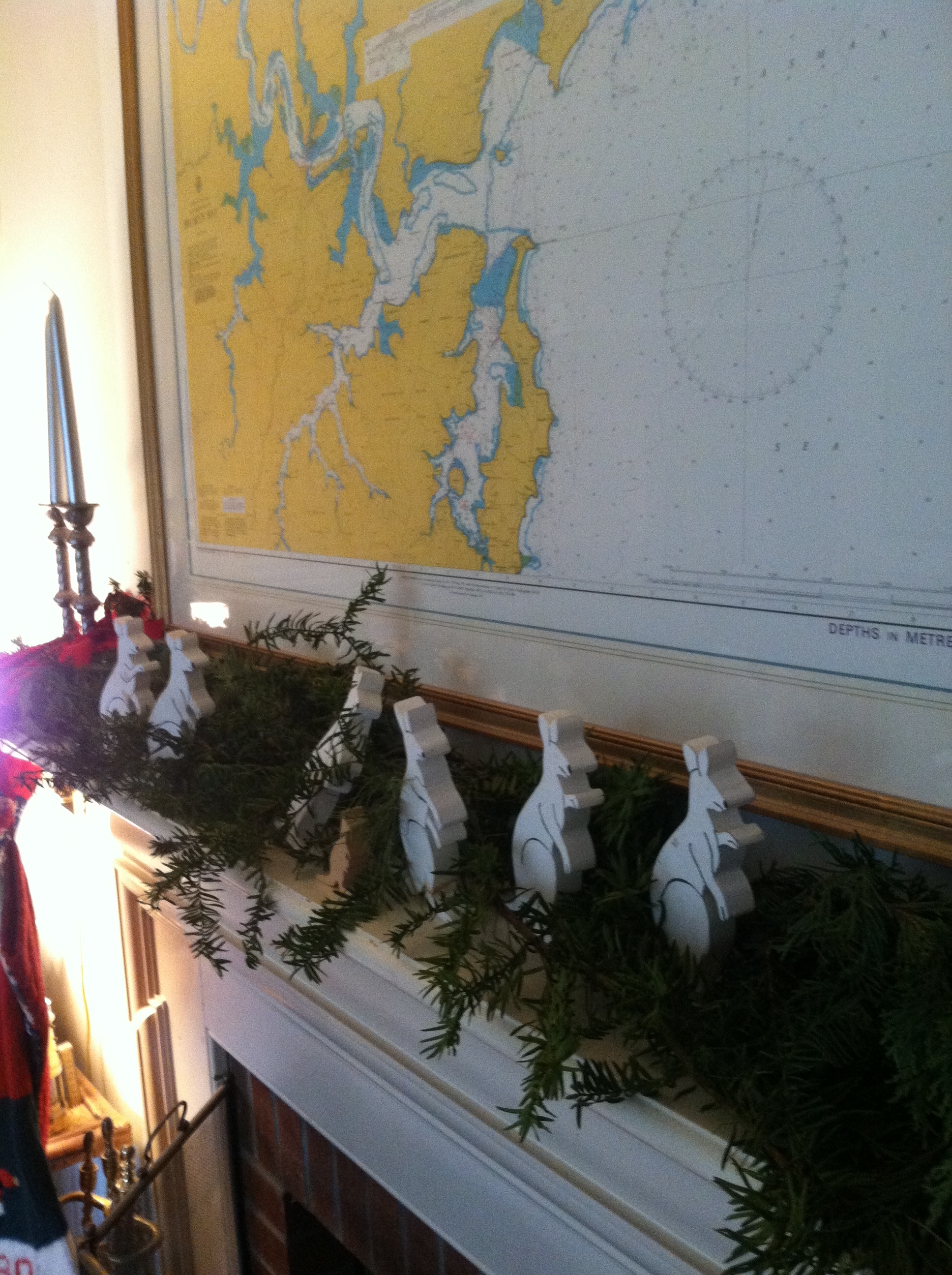
Boomers as a christmas gift years ago. They were given to me by my future mother in law and she did not forget to have the wood carving guy make a little Joey, seen here between the 3rd and 4th Boomer.
Now I know that some of you will say “well how is this connected with sailing & how does this fit into the Mini Diaries, it is not even a sailing story”? Well, look at this way, it is a great little yarn, right? It is about a bunch of blokes, two bunches actually, all working as a team, working together as teams. They effect a rescue in the middle of vast trackless wastes, very similar to a rescue at sea, they are traversing vast swaths of the planets surface where by and large no one ever goes and have to navigate over same. There is a sunrise in it (ever had a really, really good sea story without a sunrise or set in it?) And when it is all said and done, the boys are sitting around having a beer. I mean really it is almost identical to any sea story you ever heard or told, right?
So, for all you with nippers (Aussie for young kids), or mates with nippers, read this to them, the nippers-well actually the mates too. This is how Christmas works in the Land Down Under.

And personally I reckon if more humans acted like the Reindeer and the Boomers, we would all be a lot better off.
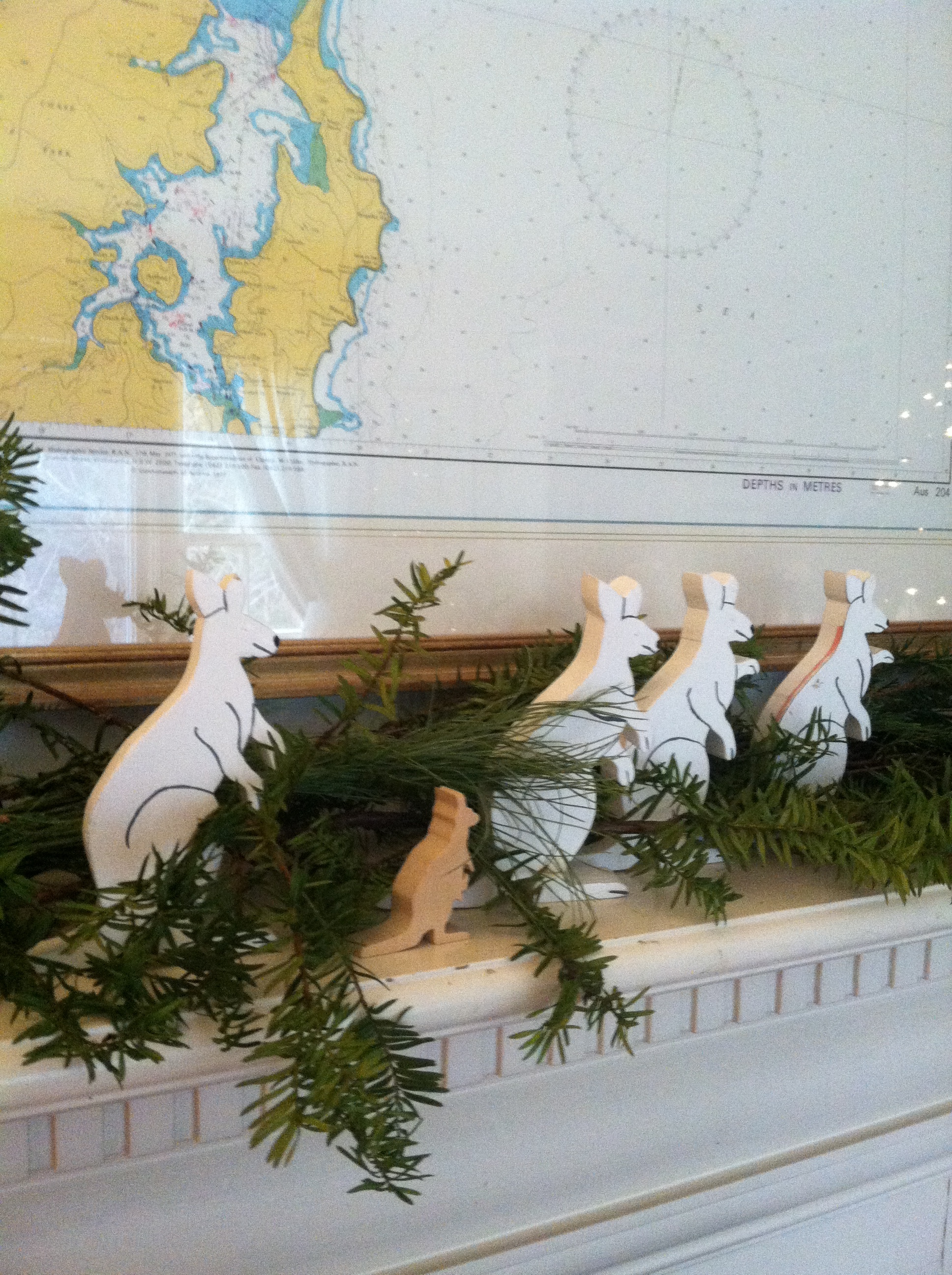
The Boomers on the Cooper Christmas Mantle. The chart on the wall is of the area I grew up sailing, Broken bay in general and Pittwater particularly.
Merry Christmas
Full disclosure: This tale is based around a Christmas song called Six White Boomers, written and performed in Australia in the early 1960’s by the recently disavowed Rolf Harris. It is a Christmas song I grew up with.
And finally a little more on the chart which hangs on the wall above the fireplace at the leMaison Cooper.
This chart shows the area where I grew up with my dad on a selection of boats. All the area on the left of the chart, in orange is largely wild: then a state now a national park. It was as wild as wild in the late 50’s thru the 70’s when I was drawn away to far horizons. We, dad and I, would sail his little boats all over the place, anchoring or pulling the boat up on the beach in the early days w ith the smaller boats. We would have spaghetti bolognese from cans, bread toasted over a kerosene stove flame, held there by a pair of pliers, referred to by dad as Pliers Toast….
I would spend my days sailing in an 8 foot long dinghy, a Sabot that dad brought for the purpose that also doubled as a dinghy for the boat if we were anchored or on a mooring. At night we would rig up a canvas tarp over the cockpit and sleep on inflatable air beds, called in Australia of the day, Li-Lo’s. After dinner we would read by the light of a kerosene lamp, a Hurricane lamp so called.
Dad would gam with his mates, relax, drink, smoke, draw and paint and live a life I think he would have been really comfortable with had he been able to pull it off.
I would swim off the beach or by jumping of the wharf, climb in the bush behind the beach play touch foot ball with my mates, skip stones, fish and generally lived the life. There was no finer way for a kid to grow up I reckon. Like Spanky and our gang on the water.
C

